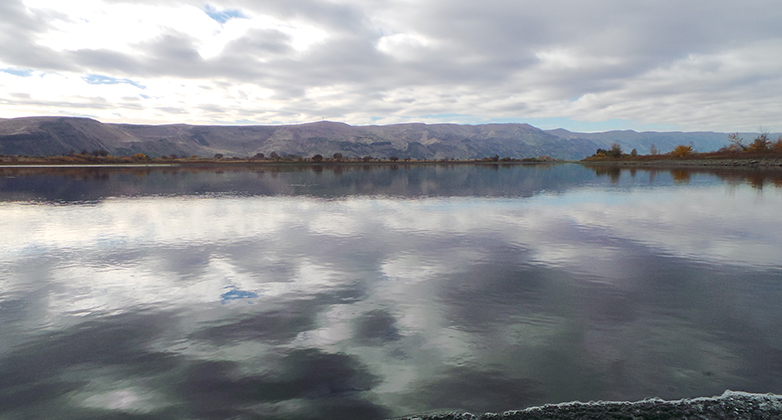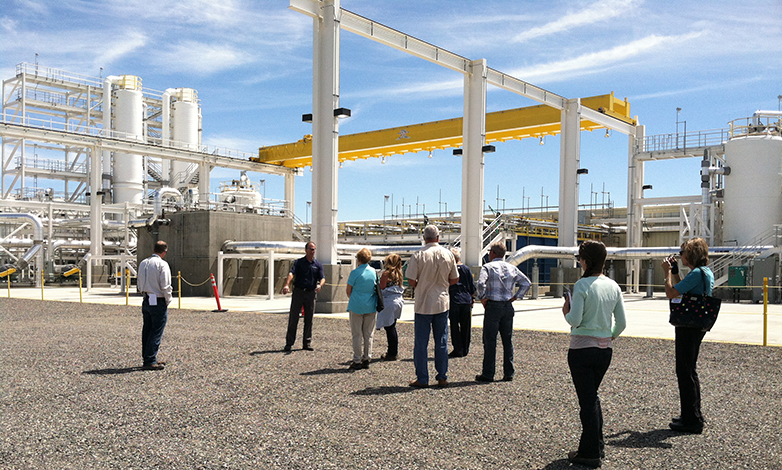Monitoring Hanford's groundwater and protecting the Columbia River
During the 45 years of plutonium production at Hanford, waste water was being dumped or injected into the ground. We oversee the monitoring and cleanup of contaminated water under the Hanford site.
Today at the 580-square-mile Hanford site, the water under 65 square miles is still contaminated beyond safe drinking water limits. We continue to monitor the groundwater and the treatment activities to limit the amount of contamination entering the Columbia River.
I want to...
Monitoring Hanford's groundwater
Each year about 1,076 wells (4,400 sample sets) around the site are sampled to determine what contaminants exist under the Hanford site and where they have spread. Some of Hanford's contaminated groundwater enters the Columbia River. Because the river is so large, and typically has hundreds of thousands of gallons of water flowing by every second, the contamination that enters the river is diluted to barely detectable levels.
How was the groundwater contaminated?
Hanford's initial nuclear reactors used cold water pumped directly from the Columbia River to cool the nuclear fuel, and then released the contaminated water directly back into the river. In later reactor designs, the waste water was sent to large trenches, cribs, and ditches to filter through the soil and groundwater before reaching the river. This reduced the amount of radioactive materials entering the river, but contaminated soil and groundwater beneath the trenches, ditches, and cribs.
During nuclear arsenal production at Hanford, an estimated 440 billion gallons of waste water was created. It was then dumped or injected into the ground in cribs (covered, open-ground waste filtration beds), pits, trenches, ditches, and injection wells. Waste water sometimes overflowed as it moved from reactors and processing facilities to tanks or other storage areas.
Large volumes of radioactive waste was stored in single-shell tanks in the central part of the Hanford Site, some of which have leaked. The liquid waste from these tanks have been moved to newer, double-shell tanks. The waste will eventually be sent to the Waste Treatment Plant for treatment and future disposal.
The primary contaminants of concern include uranium, technetium-99, iodine-129, tritium, carbon tetrachloride, hexavalent chromium, and strontium-90; and nitrate contamination is widespread. While plutonium might be present in a few sites at very low levels, it’s not considered a major contaminant.
Groundwater cleanup facilities
With funds from the American Recovery and Reinvestment Act of 2010, the U.S. Dept. of Energy built a new pump-and-treat facility capable of cleaning about 3,400 gallons a day of contaminated groundwater. Prior to that, smaller pump-and-treat systems were scattered around the site, and most treated less than 200 gallons a day.Several smaller pump-and-treat systems are located near the Columbia River where the groundwater is being remediated.
These facilities have decreased the spread of contamination plumes and decreased the volume of major pollutants.



